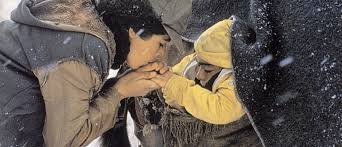Defining a National Cinematic Identity
The French have Godard, Americans have Kubrick, Italians have Fellini, and Russians have Tarkovsky. The new wave of this and the golden age of that. Cinema and nationhood have an intimate relationship that goes back to the birth of filmmaking. But how about the spaces where its borders and territories are not internationally recognized, how about the nations that don’t belong to a state? Are they stripped of the pleasures of a united cinematic activity? I am a media student, meaning a large portion of academia is studying and attempting to analyze the many national cinematic movements out there, their political conditions, their societal impact, and what has made them a national movement. But I am also an international Kurdish-Iraqi student, I could spend my time analyzing German Expressionism or Italian neorealism, but I have been stomped with a curiosity about Kurdish cinema, when will it get its own wave, or are the borders too abstract to receive such a defined movement? Across the past couple of decades, filmmakers in the territories within Syria, Iraq, Iran, Turkey, and the diaspora have been bringing about films that are very true to the Kurdish experience. The characters, the themes, and the conflict are so innately Kurdish and how it is all presented, at least in my opinion, is a vivid example of a unified cinema.
Yilmaz Guney was one of the first to make films about the lived events of Kurdish people from his area, who are working class and underrecognized citizens of Turkey. His most prominent films Yol (1989) and Hope (1970) follow Kurdish families as they try to make ends meet while fighting poverty and societal mistreatment. Yol’s depiction of the oppression of Kurdish-ness in Turkey led it to be banned for a decade. He is now known for being a revolutionary director by representing the prohibited Kurdish culture in his works, yet his films were in the Turkish language, does that affect their Kurdish-ness? Today there are directors like Bahman Ghobadi who create pictures, Turtles can Fly (2004) and A time for Drunken Horses (2000), on how the harsh history of Kurds affects the average locals. Likewise, Huner Saleem’s films share similar themes of war and everyday heroes such as in, My Sweet Pepper Land (2013) and Kilometer Zero (2005).
Their films are in the Kurdish language and are internationally renowned yet the conditions they are made in are transnational. Some are filmed in Kurdish lands, others aren’t, the crew is global, the postproduction is done in the west, and it is distributed to European theatres first. These circumstances were brought upon because of the historical oppression of Kurdish people which has resulted in a fragmented community-even in relation to cinema. The matters of identity and culture have followed me for the longest time and only became more baffling when filmmaking got into the mix. I have always asked myself am I Kurdish or Iraqi first? If asked about Kurdistan, how do I explain it? Why does every inch of me want to exhibit my roots in my work? As I grow, I display my Kurdish-ness unapologetically and desire to do more with my identity but being accustomed to the notion that cinema is related to its official state misplaced me in the world of motion pictures.
I recently made a short film, “Pomegranates, Figs, and Grapes” about the relationship between two Kurdish women in the diaspora and despite it being in English and made in England with a global crew, I couldn’t help but perceive it strictly as a personal cultural narrative. This battle between the factors of the production and the theme of the story has led me to end my BA journey with research that is centered on Kurdish cinema and nationhood. The further details I collect for my research, the stronger an argument for the existence of a unified Kurdish film industry is built. Whether they are Guney’s films or a contemporary director’s works, the stories always underline very specific collective occurrences such as memories of conflict, regular working people navigating systematic oppression, and tales of exile. The common ground for Kurdish productions is the experiences of its citizens when the language and culture are forbidden, and its people are left hopeless. When searching the phrase “Kurdish cinema” online it leads you to many articles and interviews that share a viewpoint on the region’s films. In most discourses and directors’ statements, a correlation between the collective experiences of Kurdish people and their movies is established. I have found what defines a cinematic movement in a country are the contexts it developed from, so in this instance, Kurdish cinema is no different than any other recognized national film movement. It has developed its own unique array of character archetypes and story subjects from its sociopolitical settings, but its transnational means of production and lack of official statehood have trespassed the ability to define it as an official industry.
Transnationalism is the big word that stomps my progress in setting my cinematic national identity in stone. I can always name the films I grew up watching and hopefully end up making as part of a unified theme due to their ethnic background but calling them one industry is challenging. Defining Kurdish cinema from a national perspective is still a struggle for academics and practitioners, but for myself the production conditions, no matter where they are conducted, don’t classify the objectives of the film. My projects are Kurdish works in transit, they might not be made in my native language or in the homeland but that doesn’t change the identity they stem from.
By Shang Salah.




